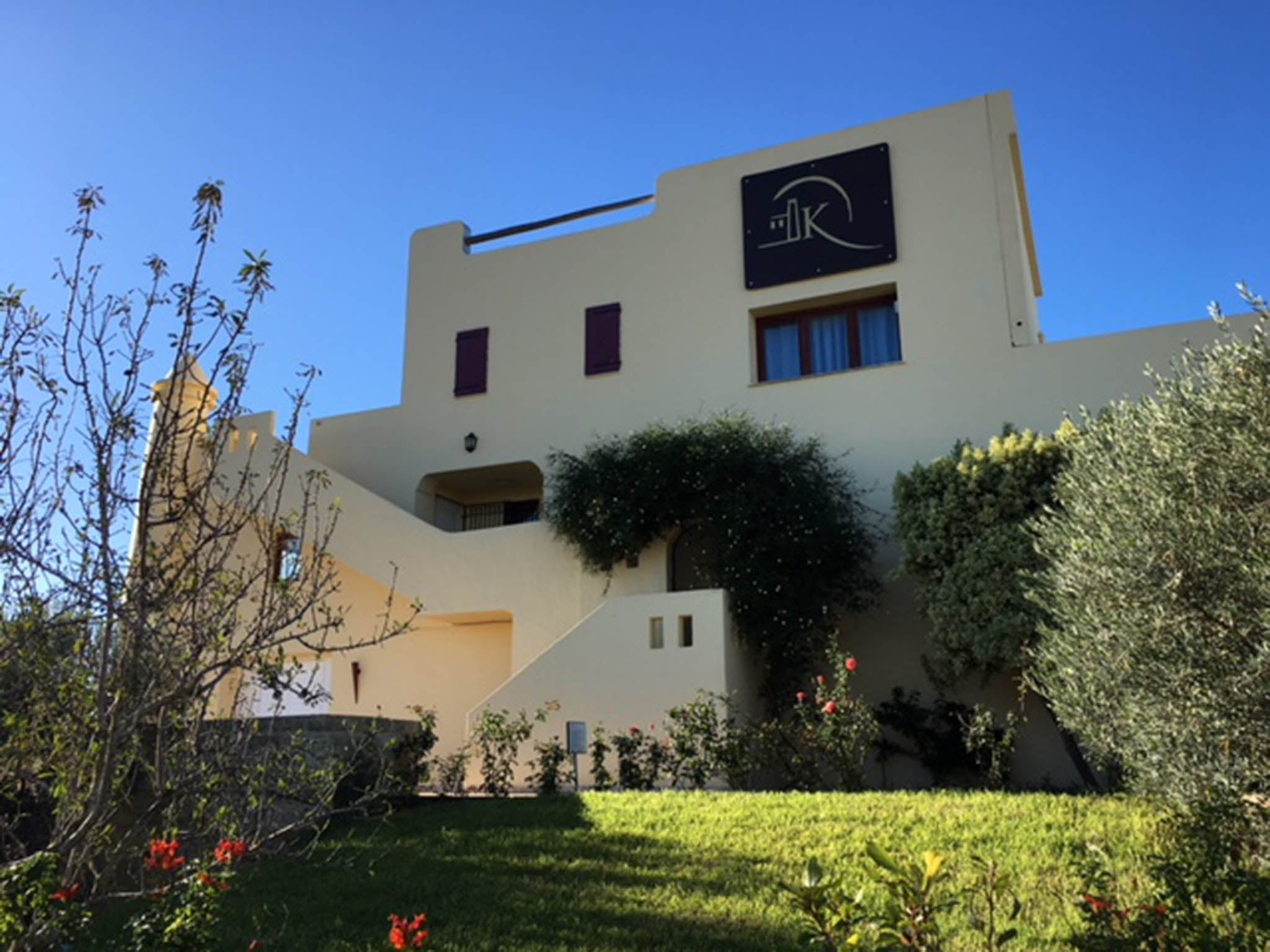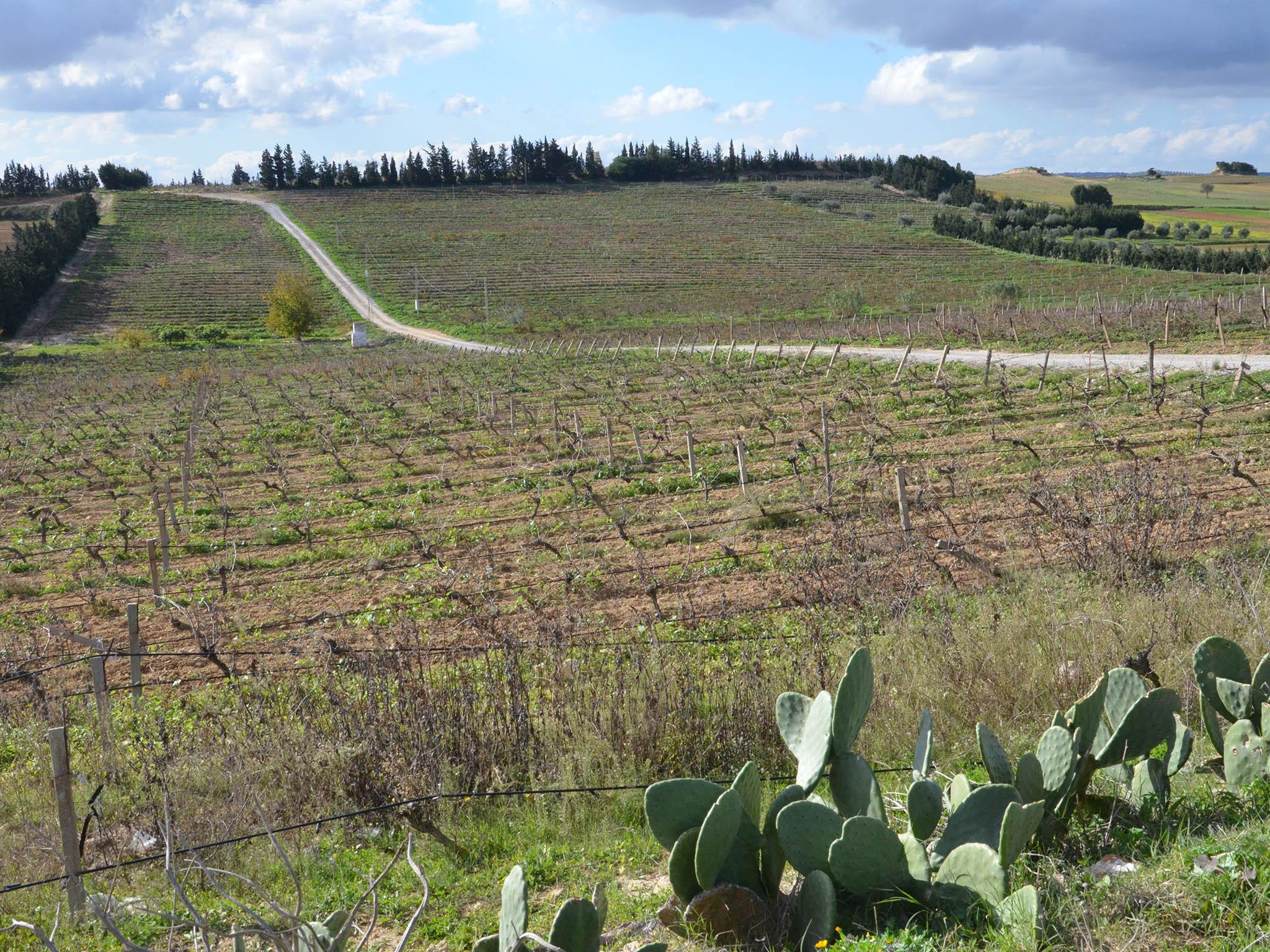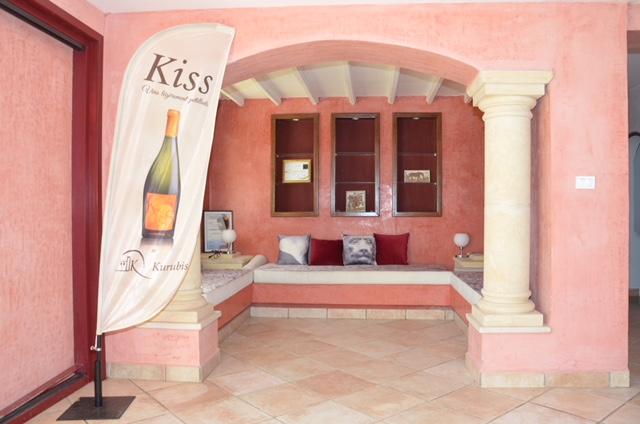Tunisia's wine industry is making a comeback
Neighbouring Libya, war-wracked and alcohol-free: Tunisia might seem an improbable destination for a wine tour. But a new EU-funded initiative is putting the country’s 2,000-year-old industry back on the map.

Your support helps us to tell the story
From reproductive rights to climate change to Big Tech, The Independent is on the ground when the story is developing. Whether it's investigating the financials of Elon Musk's pro-Trump PAC or producing our latest documentary, 'The A Word', which shines a light on the American women fighting for reproductive rights, we know how important it is to parse out the facts from the messaging.
At such a critical moment in US history, we need reporters on the ground. Your donation allows us to keep sending journalists to speak to both sides of the story.
The Independent is trusted by Americans across the entire political spectrum. And unlike many other quality news outlets, we choose not to lock Americans out of our reporting and analysis with paywalls. We believe quality journalism should be available to everyone, paid for by those who can afford it.
Your support makes all the difference.The only liquor store in the seaside town of Korba, in north-west Tunisia, is not an alluring sight; a dingy shop doorway in a block still showing signs of past mob wreckage.
“It wasn’t Islamists,” comments my guide, Ludovic Pochard, insouciantly, “just ransackers during the revolution.” Pochard is an amiable Bordeaux-born oenologist, the man in charge of the vineyard and wine cellar, Domaine Kurubis – a big, ochre concrete edifice in a sort of neo-Berber style on the edge of town.
Kurubis is one of the leading players in the latest chapter of Tunisia’s long winemaking story, though you won’t find its products in the Korba booze shop, too upmarket for that.

Tunisia is a curious case in alcohol terms. A country with a 2,000 year history of winemaking, its production slumped after independence, nationalisation and the resulting departure of European expertise, picked up again after a new dynamism injected by re-privatisation and is currently in promising but stagnant shape.
This is largely due to the recent crisis in tourism, which consumes half the country’s production. Mainly Muslim, therefore dry, the country is also relatively modern and liberal, so alcohol is legal. Indeed, beer sales are the highest per capita in the Arab world. But a certain stigma still pertains and licensed bars and restaurants fall mainly into one of two categories: the luxury/tourist sphere, or local, dowdy and disreputable.

Pochard talks about Kurubis and wine over lunch – 80 Tusnian dinars (£24) for four of us – at the little bistro he eats in most days. Kurubis, like the dozen or so other private vineyards, is a partnership between a Tunisian landowner from a prominent local family and a French investor, already proprietor of vineyards in Armenia and Uruguay. If this were the Bordelais, there’d be loaded racks with copious stashes of the best bottles kept by local vignerons to offer the guests. But at Korba’s little Restaurant du Chef, though the food is as excellent as Tunisian food often is, there is none of the cool white wine that a savoury fish couscous dish begs for. Not even a bottle of the best selling Celtia beer.
Whatever, Kurubis is forging ahead. Pochard has established a successful range of refined rosés, traditionally popular in Tunisia, lighter than the Tunisian norm in line with the currently fashionable Provençal style, and reds, stronger and heavier, again to fit international market tastes. He’s also created a range of sparkling wines, packaged in bright new labels, which are an innovative range of fine-bubbled aromatic sparkling wines, dry from chardonnay and slightly sweet from muscat. “We have chalky slopes and a cooler climate than just inland due to the sea air, perfect for champagne method”. These are sold directly to all the best restaurants in the country, and a small amount is exported to France and Belgium.
Kurubis has also signed up to a new project, to promote wine tourism in Tunisia. A bold move at a time when the first British tour groups are arriving to much excitement after the three years during which Foreign Office advice imposed an embargo after the terror attacks in Tunis’ Bardo Museum and the resort of Sousse. And less than a decade after the ominous period following the 2011 Arab Spring revolution, when Islamists dominated the government and a mob of zealots trashed the only bar in Sidi Bouzid, the cradle of the uprising.
The new wine itinerary that includes Kurubis, the result of an EU-backed Sicilian-Tunisian joint initiative, is named after the Carthaginian agronomist Magon, regarded as the father of viticulture. It consists of a mixture of archaeological sites and vineyards across the north-east of the country, all marked by well designed and informative signage, and heavy on history, if somewhat sparing with the bars.
Though the history is undeniably impressive, including stunning and under-visited sites such as the ancient Punic capital of Carthage and equally remarkable but hardly visited alternatives such as Kerkouane, a couple of hours drive away. And of course the Bardo itself. The national museum’s world-renowned collection of Roman mosaics includes magnificent murals of Dionysian and Bacchic scenes, along with exquisite compositions of fish and fishing. Even to a lukewarm mosaic enthusiast, the Bardo’s exhibits are gorgeous, and if ever some cash-strapped director of antiquities decides to flog them off to a catering oligarch for decor, the result could be a fish restaurant, or wine bar, of truly dazzling style.
From central Tunis, the Magon route leads to ancient wine presses and amphorae among the hillside remains of the great Punic capital of Carthage overlooking the Mediterranean. Then, on through the suburbs of Tunis, out across the prime wine area of Mornag, the biggest of the country’s seven Appellation d’Origine Controlee areas, a mixture of flat scrub, urban sprawl and crops, overlooked by the wooded bulk of the Boukornine peaks, eastern end of the great Atlas range, haunt of wild boar and television masts.
Intriguingly, the Magon trail’s archaeological possibilities aren’t restricted to the classical period. Looking for the first vineyard on the list, the Fontaine des Mille Amphores at Megrine, we drive lost through backstreets discovering intriguing glimpses of old colonial wine chais-turned tyre depots before arriving at a big 19th-century villa and barn hidden behind tall walls. Closed for renovation, it transpires, and the caretakers aren’t having any nonsense from wine tourists, slamming the steel gate tight before we can grab a photo through the crack.

Better luck at the next stop. We drive on, past Beni Khaled, the orange capital, to Domaine Neferis, another 19th-century wine chateau set amid pretty rolling hills of vines and woodland. Here Boutheina Gharbi, the young architect in charge of the Magon trail, greets me, along with the woman winemaker Samia Ben Ali, whose expertise, like the big new open air cuves system, derives from Australia. Over samples of the Neferis wines, we inspect stone remains from the ancient Punic city that once stood here and discuss how the monocepage system, wine made from a single grape variety, is supplanting the old assemblage method.
If the winemakers of Tunisia are welcoming, their history fascinating and their products eminently quaffable, the one problem is where to drink the stuff. The big tourist resorts present no problem: nearby Hammamet and Sousse are lounger to lounger stretches of luxury beachfront with all the international restaurants one could want. But in the heart of the vignoble, there’s very little. Just down the road from Neferis is Grombalia, the centre of the Mornag wine region, its status marked by a roundabout monument depicting grapes and harvesters. Once populated by Sicilian winemakers, the town should logically be lined with avenues of elegant brasseries, bottles of chilled rosé and glasses glinting on the tables in the sun. In fact, there’s a bunch of unappetising male cafes and one restaurant, none licensed.
There are of course exceptions. If you continue the Magon Itinerary to the eastern coast to view more Roman wine paraphernalia in the excellent little museum of the Nabeul, the regional capital, you’ll find five licensed restaurants, among them the chic guest house Dar Sabri, where guests consume high quality home cooking accompanied exclusively by the wines of Kurubis. And back in Tunis, the smart residential suburbs on the Carthage coast have plenty of chic options. The classic Le Golfe serves an exquisite dish of spaghetti with local poutargue (dried mullet roe) with a comparative tasting of Kuribis’s K Chardonnay or 2015 Chateau Selian, chosen by a sommelier who doesn’t actually drink alcohol. In the smart new Cliff wine bar, a fashionable young couple drinking a bottle of Neferis’ Cuvee Magnifique tell me there is a nascent demand now for good wine by the glass, and for more international wines to augment the familiar list of local Tunisian ones.
Which is both good and bad news for Tunisian wine. For the moment, the high import duties on foreign wines favour domestic consumption, but a world of aggressive new winemakers is out there waiting to get in. And the export market too has to compete with an ever greater deluge of global choice. But a good winemaker never gives up. Pochard has already found Kurubis a toehold in a most improbable territory: neighbouring Libya, war wracked and alcohol-free. Kurubis’s only customer outside the luxury restaurant sphere is a shop on the border island of Djerba, a prime shopping source for Libya-bound contraband. So it’s entirely possible a glass of Tunisian methode champenoise is alleviating the stress at some clandestine expat get-together in Tripoli as we speak.
Join our commenting forum
Join thought-provoking conversations, follow other Independent readers and see their replies
Comments